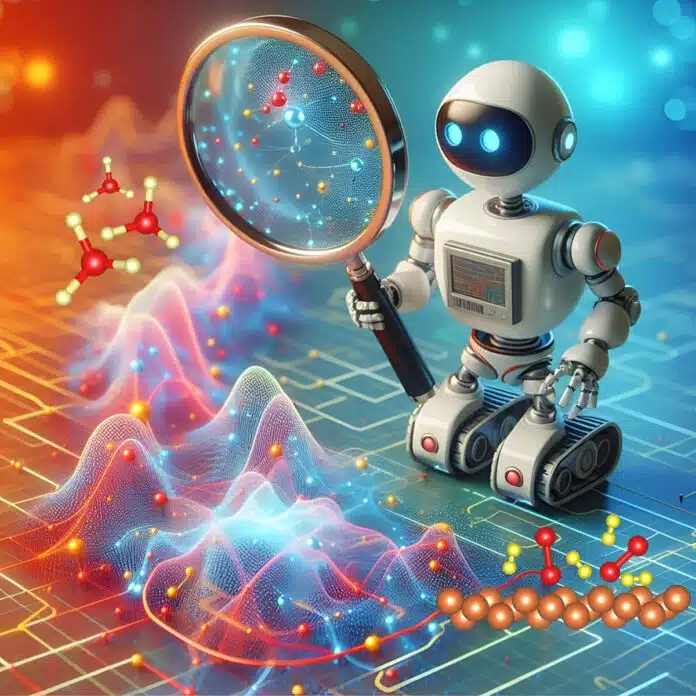
By Ashwini Sakharkar 6 Aug, 2024
Collected at: https://www.techexplorist.com/engineers-develop-ai-technology-understand-catalytic-reactions/86937/
For a century, researchers have dedicated efforts to studying the industrial production of ammonia. However, they have encountered challenges in enhancing the low-yield, low-efficiency process.
With the assistance of an iron catalyst, atmospheric nitrogen undergoes a reaction with hydrogen to generate ammonia, resulting in a substantial worldwide production of 160 million tons annually. The majority of this production is utilized in agriculture, particularly as nitrogen fertilizer, and across various industries, such as food and beverage production for refrigeration. Ammonia is also recognized as a household cleaner.
Qi An, an associate professor of materials science and engineering at Iowa State University, has spearheaded a research team that has devised artificial intelligence technology. This technology has the potential to aid in improving researchers’ comprehension of the chemical reactions involved in ammonia production and other intricate chemical reactions.
“Our developed HDRL-FP framework has the potential to contribute significantly to the optimization of this process, potentially reducing production costs and CO₂ emission and facilitating the establishment of smaller and more widespread plants,” the researchers wrote in a paper recently published online by the journal Nature Communications. “Therefore, the framework highlights its effectiveness and potential for predicting complex chemical reaction pathways.”
HDRL-FP, which stands for High-Throughput Deep Reinforcement Learning with First Principles, has been developed by An and his colleagues Tian Lan and Huan Wang from Salesforce AI Research in California. According to them, the technology holds significant potential.
The researchers emphasized the importance of exploring catalytic reaction mechanisms in understanding chemical processes, optimizing reaction conditions, and developing effective catalysts.
An explained that the researchers’ software technology relies on reinforcement learning and linking the simulation process with the positions of the atoms involved.
Reinforcement learning was compared to training a dog by using rewards to encourage actions, whereas computers learn from their actions in pursuit of appropriate rewards. In this context, the rewards are centered around identifying the best, most efficient, and lowest-cost reaction path.
By utilizing graphics processing units and high-throughput strategies, the method can rapidly and automatically pinpoint the optimal reaction pathway from thousands of potential pathways, effectively identifying viable reaction mechanisms amidst the noisy data in real chemical reactions.
The researchers designed the technology to be applicable for general studies of catalytic reactions, starting with mapping the positions of atoms on an energy landscape. This eliminates the need for a more specific representation of the reaction environment, including states, actions, or rewards for a particular reaction.
An and his collaborators have been working on the project for approximately two years, beginning when An relocated to Iowa State and receiving support from his university startup funds. The system’s calculations for the reaction that produces ammonia are seen as a proof-of-concept demonstration.
“This allows us to figure out the reaction mechanism,” An said. “We’re able to see important reaction steps in ammonia synthesis.”
The researchers were able to look inside the reaction successfully, which allows for the automated investigation of intricate catalytic chemical reactions, as they stated. This provides a hopeful method for future research and discoveries.
Journal reference:
- Tian Lan, Huan Wang & Qi An. Enabling high throughput deep reinforcement learning with first principles to investigate catalytic reaction mechanisms. Nature Communications, 2024; DOI: 10.1038/s41467-024-50531-6

Leave a Reply